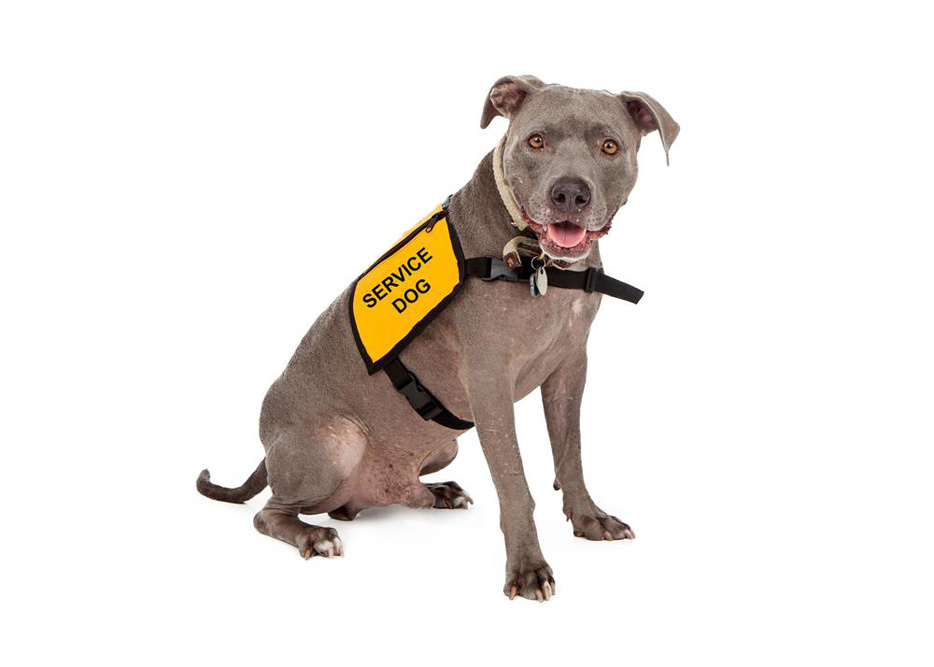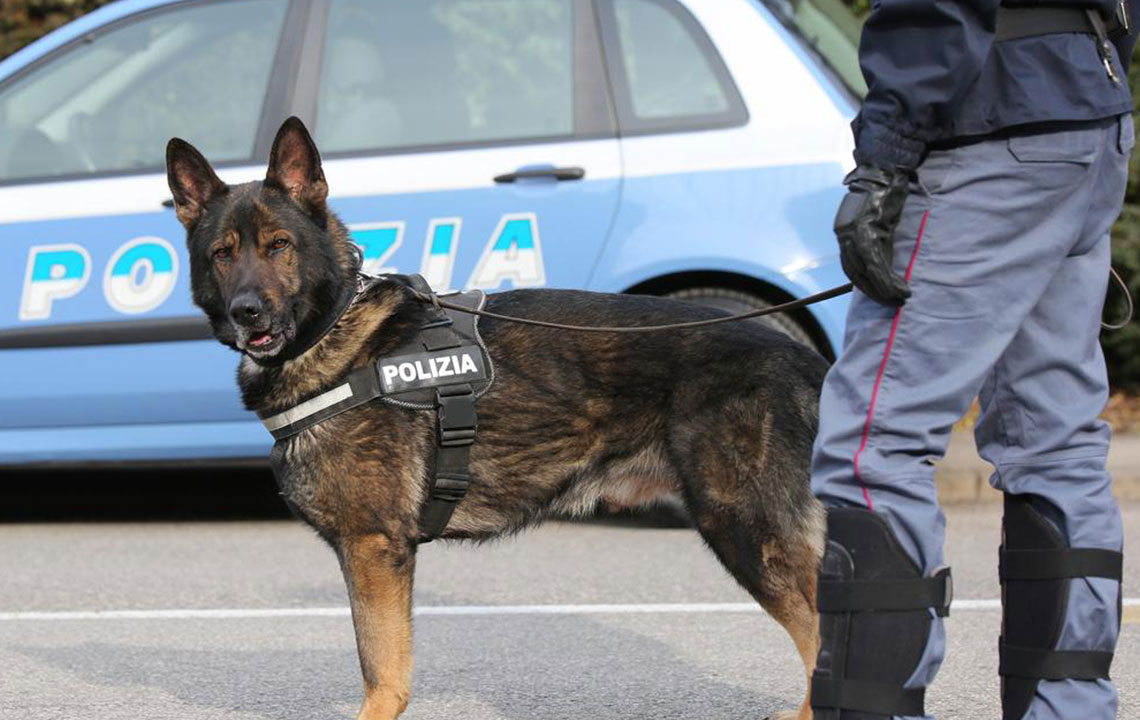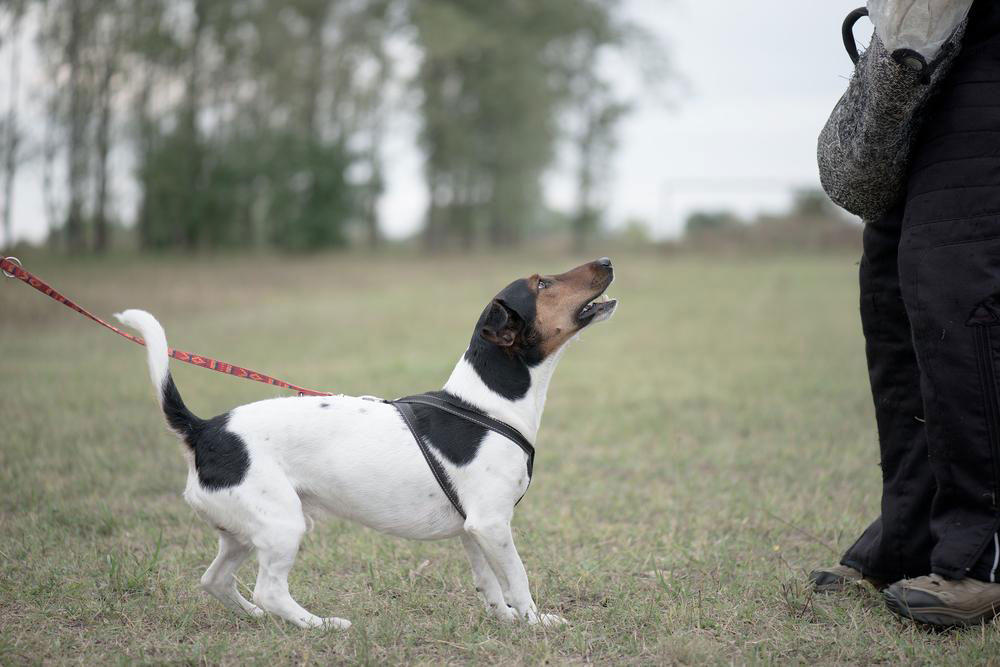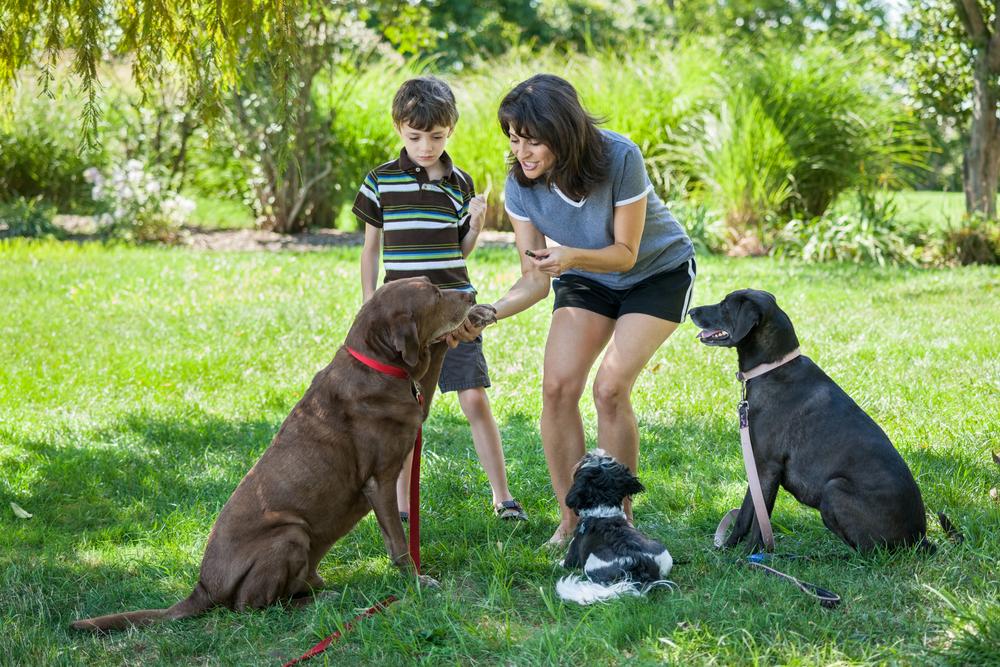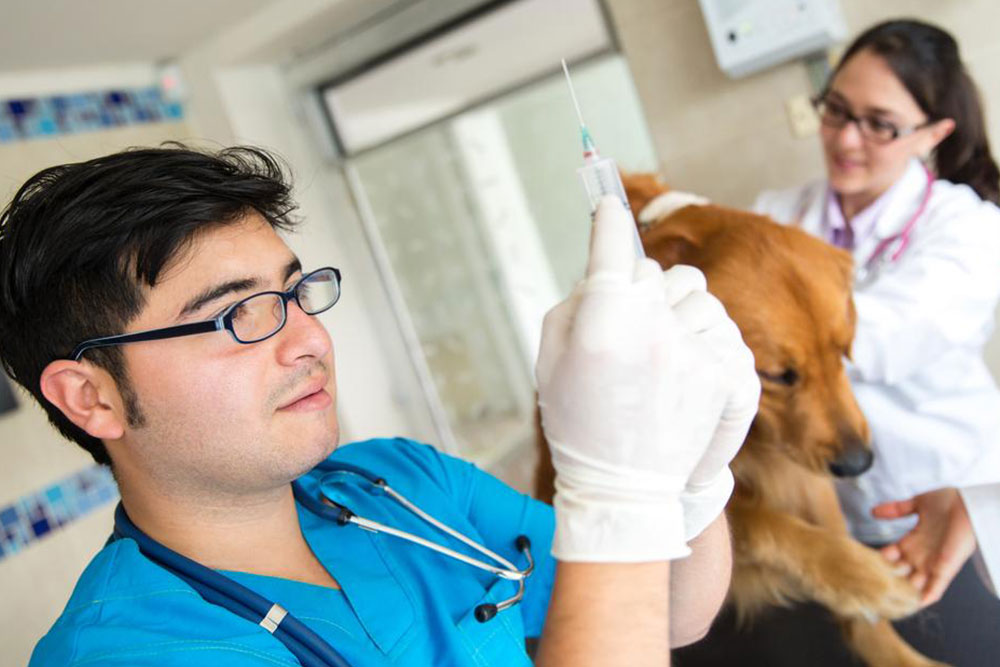Guide to Public Access Certification for Service Dogs
This guide explains how service dogs can obtain public access certification through the Public Access Test, emphasizing behavior standards required in public settings. It covers training commands, behavior during entry, crowd navigation, and vehicle departure, ensuring dogs are well-behaved and safe in public spaces, according to ADA regulations.
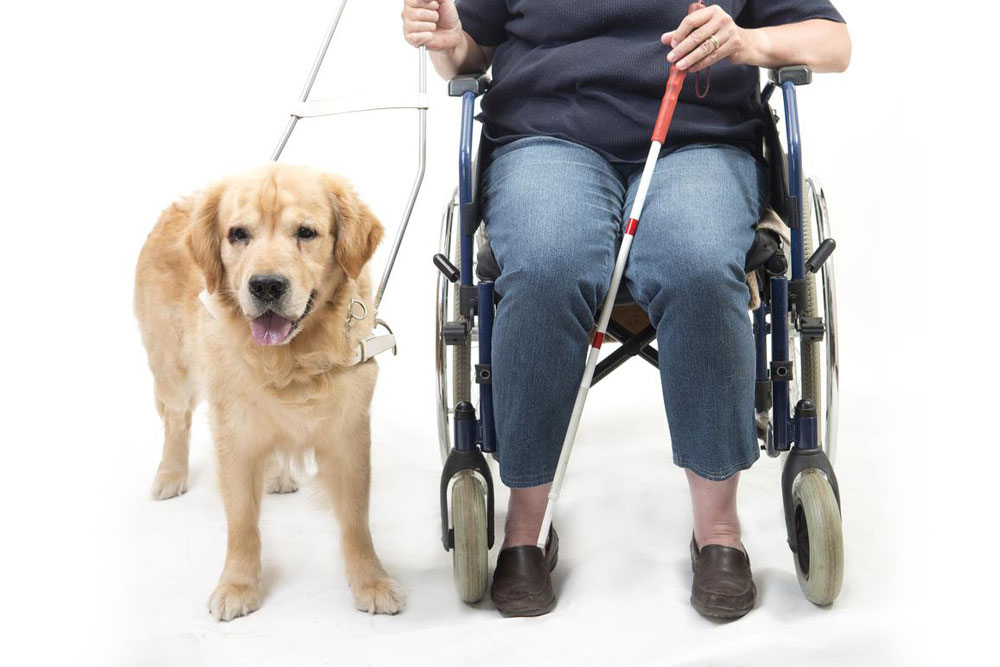
Guide to Public Access Certification for Service Dogs
Under the Americans with Disabilities Act (ADA), service dogs must be trained to perform essential tasks for individuals with disabilities. Since these animals are granted access to public spaces like housing, hotels, restaurants, airports, and museums, they must behave appropriately and remain calm around people. To obtain a service dog certification, dogs need to pass the Public Access Test, demonstrating that they do not pose safety risks. Aggressive or uncontrollable behavior disqualifies a dog from certification.
If your dog passes certain criteria, it can qualify for certification.
Note that the training commands listed are for on-leash service dogs only. Off-leash dogs can also qualify if they demonstrate unobtrusive conduct.
Commands can be given verbally, through hand signals, or both. Some handlers train their service dogs independently to meet specific needs based on their disabilities.
Sitting on command: The dog should sit immediately upon instruction.
Doorway navigation: Upon entering a building, the dog must stay close and not wander, walking quietly beside you without seeking attention.
Heeling in enclosed spaces: The dog should walk within a foot of you, maintaining a calm demeanor and avoiding public interactions in busy areas.
In restaurants: The dog should sit either under the table or near your feet discreetly.
Responding to noise: The dog should remain calm and not react aggressively to sounds; natural startle responses are acceptable but no aggression should occur.
Getting out of vehicles: The dog must wait for your cue to exit, avoiding running around or ignoring commands.

